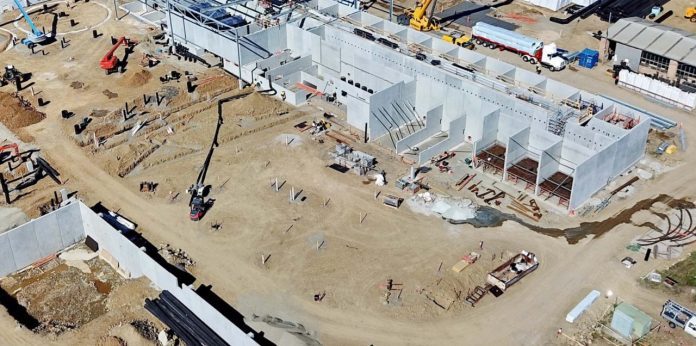With harvests set to grow in 2018, big Australian producer, Huon Aquaculture, shrugs off biomass changes, courtroom battles and CAPEX to predict more profitability.
Worldwide salmon supplies are expected to increase four percent in 2018 on the strength of Norwegian, Chilean and Canadian growth, thea Credit Suisse Food & Beverage audience was informed.
Citing Pareto Securities and Nordea seafood updates from last week, Huon Aquaculture managing director, Peter Bender, showered investors and analysts with charts showing rising production from the three salmon-growing countries. Huon’s production, too, is increasing despite regulator-imposed production caps and biomass moves “offshore”.
“In total we now expect a global (estimated supply) growth of four percent and five percent in 2018 (and) 2019,” the chart quoting Pareto said.
The coming year
Bender confirmed Huon production in Macquarie Harbour — Australia’s main salmon-producing zone — was being cut in December 2018 to 9,000 tonnes from 12,000 t. The 9,000-t max. allowable biomass was a new cap all producers would have to abide by and a long way from the 20,000-plus MAB seen for the area in 2016 or the 14,000 t set in 2017 by a new regulator for Tasmania, Australia’s salmon state.
Huon’s production from all areas in 2018 was, he stated, expected to reach 24,500 t. It would get there helped by farm upgrades like new contracts for improved aquafeed; feed automation; new “fortress” pens and the arrival and use of wellboat, Ronja Storm.
Read Huon earnings up 49% on Asia “re-entry”
An offshore development at Storm Bay akin to Norway’s development concepts is envisioned one-day adding 36,000 t should all regulatory hurdles be cleared. Construction of land-based smolt grow-out at Whale Point appears well-advanced, and first-fish are expected place at sea sometime in 2019.
Bender suggested the cap in Macquarie Harbour was opportunity: after all, domestic demand for salmon in Australia is seen growing at 10-percent a year.
Big spend
However, court battles, biomass changes and company spending might have spooked some investors, and the company stock is down to AUD 4.55 from AUD 4.85 in mid-January. But, Bender said the company is still spending the AUD 65 million allotted for 2017 on 15 of its 17 farms.
“Operational efficiencies” were expected for the money spent, just as export-sales are forecast to surge higher in 2018.
“As a result, we are confident that profitability will continue to grow over the coming years,” he stated.

